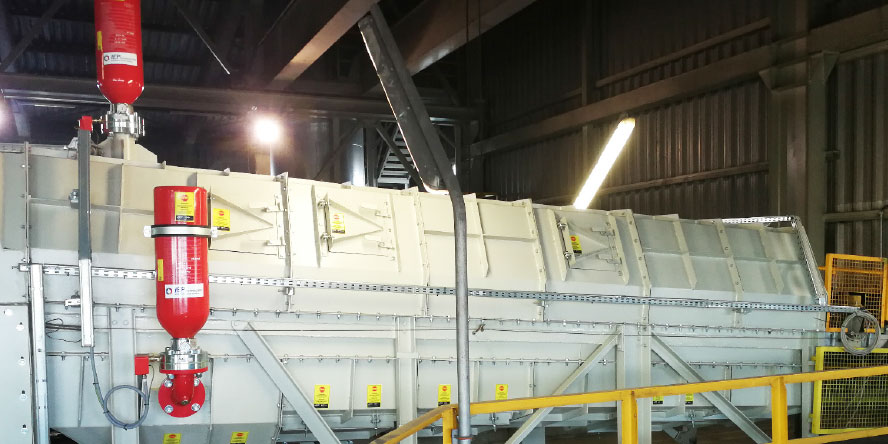- May 31, 2021
Effective Ways to Prevent Explosions – Structural Fire Protection
Explosions are a common cause of fires, and a lot of time and resources are devoted to finding the best way to prevent them from occurring. The following 4 "structural prevention" techniques involve constructing buildings in a way that is specifically designed to prevent fires.
Techniques have been shown to be effective in reducing the risk of explosion and fire and helping to save lives in often ingenious ways. It is now really easy to find the best explosion protection equipment with the help of professionals.

Image Source: Google
The first technique that will be described is "separation". Dividing a building into fireproof compartments or cells using refractory materials can prevent the spread of fire and smoke inside the building, as well as the passage of clouds of steam or dust.
Fire compartment walls, floors and doors typically have a fire resistance of 60 minutes. However, this may vary depending on the level of risk in the compartment. The walls, floors and doors separating such compartments usually have to hold for 30 minutes.
Ceilings in ceilings and floors as well as openings in pipes and other equipment can ignite air and spread fire and smoke. Stopping a fire can be interpreted as preventing smoke and fire from spreading by placing a barrier through the air ducts.
The second effective technique is isolation. The insulation prevents the explosion from reaching other areas of the system via pipes and ducts. This prevents the primary blast pressure from triggering the secondary explosion and prevents the flame beam from escaping the long pipe.